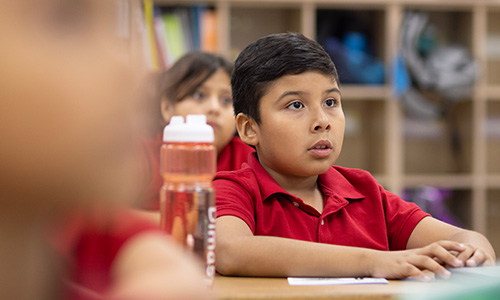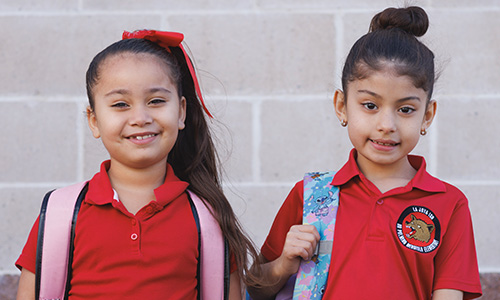
Imagine walking into a classroom where every student is eagerly participating, their eyes shining with curiosity and their hands flying up with questions and answers. This isn’t a fantasy or even an idealistic dream; it’s the reality that effective, targeted instructional coaching for student engagement can help you achieve.
In a world where student disengagement is a growing concern, the partnership between instructional coaches and classroom teachers becomes pivotal in transforming classrooms from mundane to magnetic. Whether you are a classroom teacher on the hunt for strategies to captivate your students or an instructional coach eager to supercharge your support for teachers, here are three steps that can help.
Step 1: Define “student engagement” and why it matters
Jim Knight, a well-known expert in instructional coaching, defines student engagement in a way that emphasizes the active role students play in their learning. According to Knight, student engagement refers to the extent to which students are involved in their own learning, including but not limited to their participation in class and their emotional and intellectual investment in learning.
When students participate in class activities, discussions, and tasks, they contribute to the lessons and collaborate with peers. When students feel a sense of belonging and value in the classroom environment, they are emotionally engaged in the learning. When students think critically about the material and apply their knowledge in a variety of ways, they are intellectually engaged in the learning.
Why does all of this matter? Because when student engagement happens consistently, it creates an environment where students are well-positioned to play an active role in their achievement.
Step 2: Understand the four types of engagement
Instead of throwing spaghetti on the wall to see what might stick, let us dig into the research on instructional coaching for student engagement for a more targeted approach. The research leads us back to Knight’s framework, which categorizes engagement into four types:
- Behavioral
- Emotional
- Cognitive
- Social
Behavioral engagement is the foundational level of engagement. It involves students being on task and demonstrating their engagement through participation, attending class, and completing assignments.
Emotional engagement includes students’ interest, enthusiasm, sense of belonging, and overall positive attitude toward school and learning.
Cognitive engagement involves the mental effort and intellectual investment students make in their learning, including critical thinking, goal setting, and connecting concepts.
Social engagement pertains to how students interact with their peers, contribute to the classroom community, share ideas, participate in discussions, and provide feedback.
By understanding and addressing these four dimensions of engagement, we aim to foster deeper, more meaningful engagement in our students.
Step 3: Use strategies that work
There are several classroom practices that address our students’ needs, boosting engagement and enhancing learning.
Today’s students are digital natives who are accustomed to interactive multimedia experiences, so we can tap into that and work to improve engagement in various ways, including through gamified instruction. Gamifying instruction in particular does not have to be complex. You can start by incorporating a point system or creating digital badges like “Top Contributor” for students working on behavior engagement or “Inquiry Icon” for students developing their cognitive engagement. Incorporating leaderboards, quests, challenges, and even classic game mechanics can level up a simple activity into an engaging experience.
Our High Growth for All research study also identified ten specific instructional strategies proven to support student learning, which we refer to as the Transformative Ten. When students are successful in their learning, thanks to effective approaches to teaching, engagement is sure to follow.
Finally, I would be remiss if I did not highlight the profound impact formative assessment has on student engagement. While not meant to be used for grading, formative assessment can provide real-time insights that enable personalized learning, motivate students through goal setting, and inform instructional decisions. By leveraging a variety of assessment data in the classroom, educators can gain a comprehensive view of each student’s academic progress. When this data is paired with effective strategies tailored to meet individual needs, we can create the dynamic and responsive learning environment of our dreams.
Instructional coaching through NWEA
Consider the partnership between coach and teacher as a collaborative effort to explore, analyze, contextualize, and apply insights together. Instructional coaching for student engagement can make a big difference in your school or classroom.
To learn more about instructional coaching services available through NWEA, visit our website.



